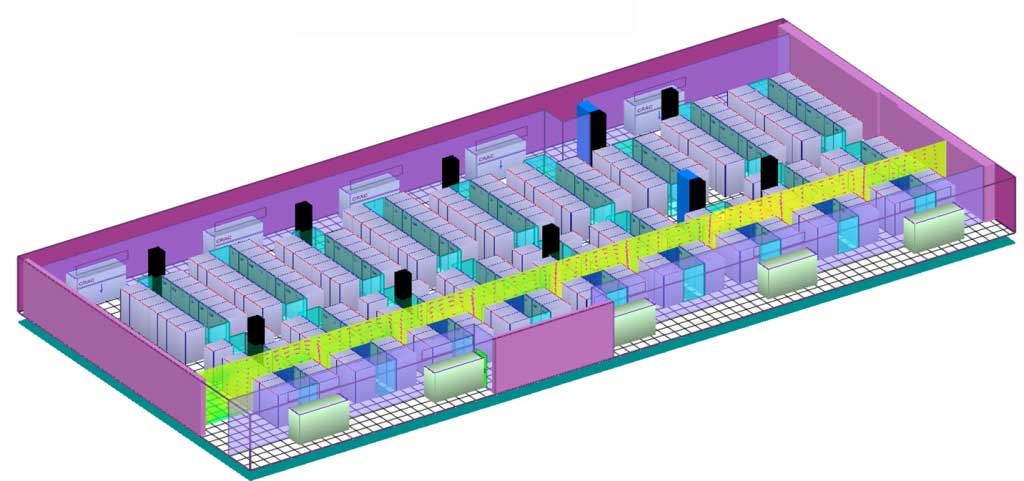Thermal Modelling

Thermal modelling using IES Virtual Environment software utilises the sophisticated ‘Apache Simulation’ thermal modelling engine to accurately model a building’s behaviour.
What is Thermal Modelling?
Thermal modelling involves taking designs and building specifications, representing them in a 3 dimensional model and running a year-long simulation to provide detailed results.
The thermal model is a bespoke model for a particular building with a specific location and orientation. Once the thermal model has been constructed, it can be used to influence the building’s design specifications.
Changes can be made to U-Values and to building services specifications to assess the effect those changes may have on controlling internal temperatures.
Thermal modelling is a design tool, not a compliance checking procedure. As such, this method provides the freedom to model a building more accurately than a DSM or SBEM model which both utilise ‘National Calculation Method’ template data

Benefits of using thermal model early in the design process:
It can really help in making critical decisions which could lead to reduction in building costs and a highly energy efficient building with lower running costs
Predict the likelihood of overheating during the summer months
Predict the energy demands for lighting, heating etc for certain months or for a year
Daylight calculations can help designers to minimise artificial lighting and maximise available natural light
Can be used to demonstrate compliance with BREEAM 2014 Hea 04, BREEAM 2011 Hea 03 and BREEAM 2008 Hea 10
Likely energy requirements can be tied in with associated CO2 emissions and fed back into sustainability/planning reports
Solar shading analysis can be used to assist summer shading requirements or selecting most appropriate solar panel locations
Get in touch for a FREE quote!
Simply fill out the easy form below and we’ll send over our best quote for you.

